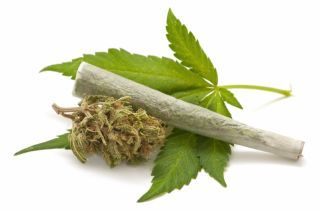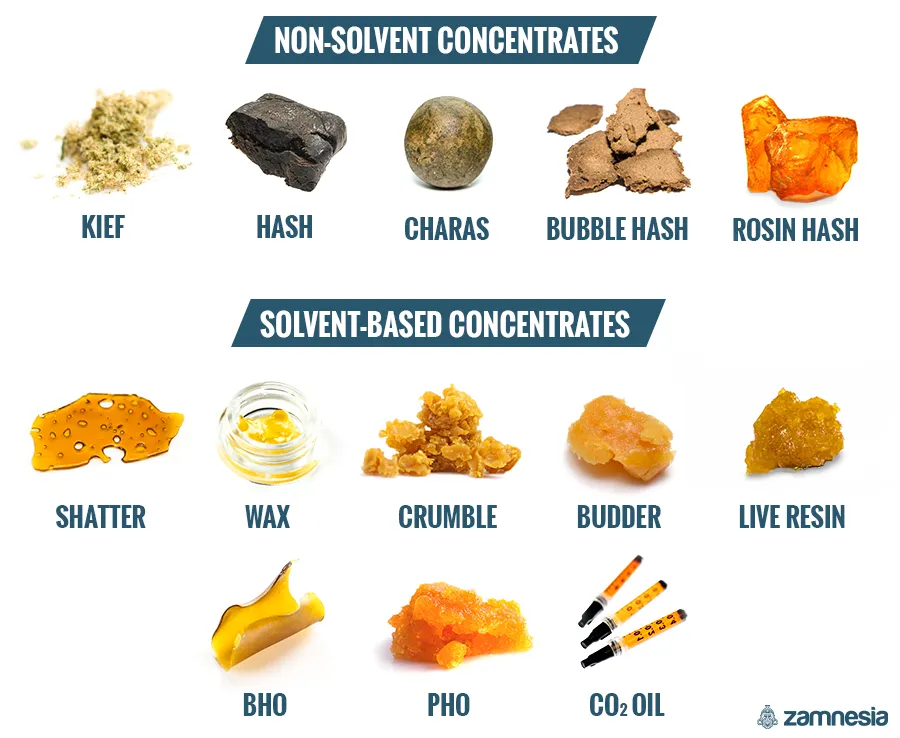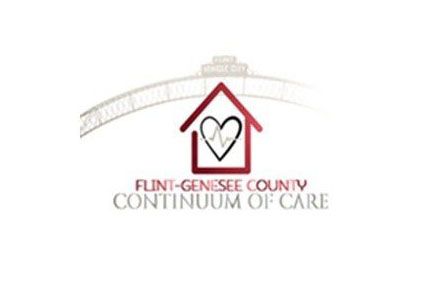Marijuana does not look like it used to.....
Marijuana: How Can It Affect Your Health?
Marijuana is the most commonly used illegal drug in the United States, with 37.6 million users in the past year,1 and marijuana use may have a wide range of health effects on the body and brain. Click on the sections below to learn more about how marijuana use can affect your health.
ADDICTION
About 1 in 10 marijuana users will become addicted. For people who begin using before the age of 18, that number rises to 1 in 6. 1-3
Some of the signs that someone might be addicted include:
· Unsuccessful efforts to quit using marijuana.
· Giving up important activities with friends and family in favor of using marijuana.
· Using marijuana even when it is known that it causes problems fulfilling everyday jobs at home, school or work.4
People who are addicted to marijuana may also be at a higher risk of other negative consequences of using the drug, such as problems with attention, memory, and learning. Some people who are addicted need to smoke more and more marijuana to get the same high. It is also important to be aware that the amount of tetrahydrocannabinol (THC) in marijuana (i.e., marijuana potency or strength) has increased over the past few decades. The higher the THC content, the stronger the effects on the brain. In addition, some methods of using marijuana (e.g., dabbing, edibles) may deliver very high levels of THC to the user.5
Researchers do not yet know the full extent of the consequences when the body and brain (especially the developing brain) are exposed to high concentrations of THC or how recent increases in potency affect the risk of someone becoming addicted. 5
References
1. Lopez-Quintero, C, et al. (2011). Probability and predictors of transition from first use to dependence on nicotine, alcohol, cannabis, and cocaine: results of the National Epidemiologic Survey on Alcohol and Related Conditions (NESARC). Drug Alcohol Depend. 115(1-2): p. 120-30.
2. Hall, W, Degenhardt L. (2009). Adverse health effects of non-medical cannabis use. Lancet. 374(9698): p. 1383-91.
3. Budney, AJ, Sargent JD, and Lee, DC. (2015). Vaping cannabis (marijuana): parallel concerns to e-cigs? Addiction. 110(11): p. 1699-704.
4. American Psychiatric Association. (2013). Diagnostic and statistical manual of mental disorders (5th ed.). Arlington, VA: American Psychiatric Publishing.
5. National Institute on Drug Abuse. Is marijuana addictive?external icon (2017) Rockville, MD: National Institutes of Health, National Institute on Drug Abuse.
MENTAL HEALTH
Marijuana use, especially frequent (daily or near daily) use and use in high doses, can cause disorientation, and sometimes cause unpleasant thoughts or feelings of anxiety and paranoia. 1
Marijuana users are significantly more likely than nonusers to develop temporary psychosis (not knowing what is real, hallucinations and paranoia) and long-lasting mental disorders, including schizophrenia (a type of mental illness where people might see or hear things that aren’t really there). 2
Marijuana use has also been linked to depression and anxiety, and suicide among teens. However, it is not known whether this is a causal relationship or simply an association.
References
1. National Academies of Sciences E, and Medicine. (2017). The health effects of cannabis and cannabinoids: Current state of evidence and recommendations for researchexternal icon. Washington, D.C.
2. Volkow ND, Swanson JM, Evins AE, et al. (2016). Effects of cannabis use on human behavior, including cognition, motivation, and psychosis: a review. JAMA Psychiatry. 73(3):292-297. doi:10.1001/jamapsychiatry.2015.3278.
POISONING
Edibles, or food and drink products infused with marijuana and eaten, have some different risks than smoking marijuana, including a greater risk of poisoning. Unlike smoked marijuana, edibles can:
- Take from 30 minutes to 2 hours to take effect. So some people eat too much, which can lead to poisoning and/or serious injury.
- Cause effects that last longer than expected depending on the amount, the last food eaten, and medications or alcohol used at the same time.
- Be very difficult to measure. The amount of THC, the active ingredient in marijuana, is very difficult to measure and is often unknown in edible products. Many users can be caught off-guard by the strength and long-lasting effects of edibles.
It is also important to remember that marijuana affects children differently than adults. Since marijuana has become legal in some states, children have accidentally eaten marijuana products that looked like candy and treats, which made them sick enough to need emergency medical care. 3
If you use marijuana products, keep them in childproof containers and out of the reach of children. For additional questions, you can contact your health care provider, your health department, the Poison Helpline at 1-800-222-1222, or 911 if it’s an emergency.
*Source https://www.michigan.gov/mdhhs/0,5885,7-339-71550_2941_89691-483602--,00.htmlew Paragraph
Marijuana Facts
- Hospitalizations for marijuana use has increased significantly. The primary issue is the potency of the THC manufactured and sold in dispensaries.
- 9600 people start smoking marijuana daily. This is 1 person every 10 seconds.
- There is no valid studies done on high concentrates of marijuana- all studies are on 10% or lower concentrates.
- People exposed to trauma and stress are more likely to become addicted.
- Early exposure to marijuana can pre-wire the brain to become addicted.
- High potency marijuana, 10% or higher, has tripled the risk of people going into psychosis who have no mental health history.
- IQ goes down as a result of marijuana use.
- Youth who use marijuana before 15 and use until age 21 develop depression and anxiety.
- THC is the #1 drug found in teen suicide.
- Cannabis withdrawal is listed as a diagnosis in the DSM-V. Treatment requires long stays in hospitals and anti-psychotic medications to get levels back to where they need to be. Most will require physical detox and medical intervention.
- People are showing up in the emergency rooms with Hyperemesis Syndrome caused by use of high potency marijuana. Symptoms include severe pain and vomiting. There is no treatment available, only solution is to quit using the THC.
*Source: Legalized Marijuana: Our Communities and Our Youth
Other Michigan Recreational Marijuana Facts/Laws
- Adults age 21 and older can have marijuana.
- You can’t consume marijuana in public.
- You can’t drive while under the influence of marijuana.
- You can’t cross state lines with marijuana.
- About 79% of Michigan municipalities have banned recreational marijuana dispensaries, according to the Detroit Metro Times. That’s almost 1,400 villages, townships, and cities. In these places, it is illegal to buy recreational marijuana from retailers.
- Where it is legal, you can buy up to 2.5 ounces of marijuana. But you can’t have more than 15 grams of marijuana in the form of marijuana concentrate at one time. You can only carry up to these amounts as well.
- At home, you can keep up to 10 ounces of marijuana flower as long as it’s in a secure location.
- The state of Michigan doesn’t have a limit for how much THC can be in a marijuana product. This means that consumers are responsible for checking THC concentrations.
*Source: https://michiganmarijuanafacts.com/











